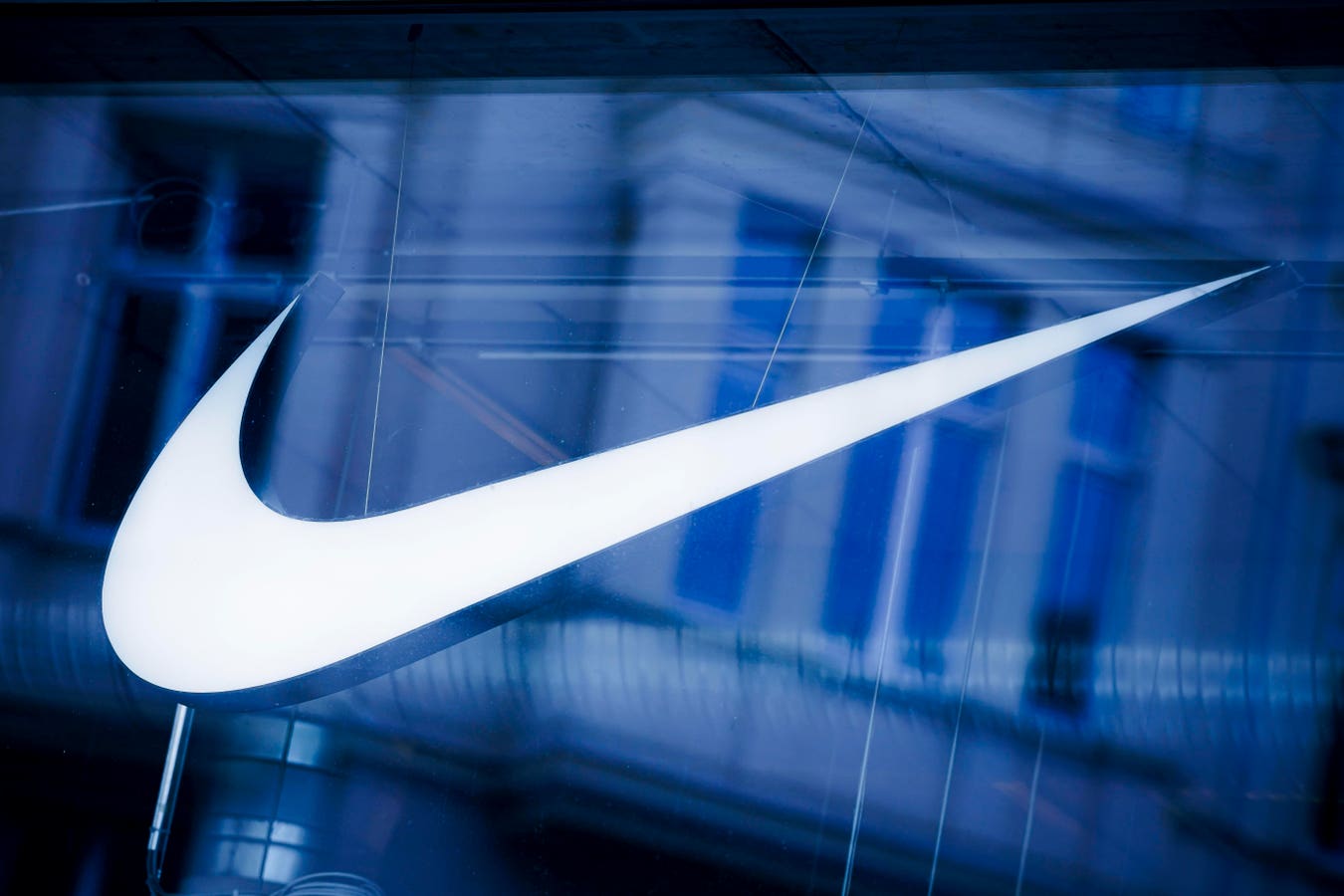Nike’s stock (NYSE: NKE), a company designing, developing, and marketing footwear, apparel, equipment, currently trades at $103 per share, around 42% below its level of $178 seen on November 7, 2021 (pre-inflation shock high), and has the potential for gains. NKE saw its stock trading at around $83 on October 2, 2022, when the Fed kept increasing rates, and now remains up by about 24% from those levels. The athleisure giant is grappling with supply chain constraints and a slower-than-expected recovery in China. Being a discretionary company, the company also faces headwinds given the current harsh macro environment. That said, the company has strong pricing power and has a huge competitive advantage due to its brand and the demand it has been able to build.
NKE stock has faced a notable decline of 25% from levels of $140 in early January 2021 to current levels, vs. an increase of about 15% for the S&P 500 over this roughly 3-year period. Notably, NKE stock has underperformed the broader market in each of the last 3 years. Returns for the stock were 18% in 2021, -30% in 2022, and -12% in 2023. In comparison, returns for the S&P 500 have been 27% in 2021, -19% in 2022, and 10% in 2023 – indicating that NKE underperformed the S&P in 2021, 2022, and 2023. In fact, consistently beating the S&P 500 – in good times and bad – has been difficult over recent years for individual stocks; for heavyweights in the Consumer Discretionary sector including AMZN, TSLA, and HD, and even for the megacap stars GOOG, MSFT, and AAPL. In contrast, the Trefis High Quality Portfolio, with a collection of 30 stocks, has outperformed the S&P 500 each year over the same period. Why is that? As a group, HQ Portfolio stocks provided better returns with less risk versus the benchmark index; less of a roller-coaster ride as evident in HQ Portfolio performance metrics. Given the current uncertain macroeconomic environment with high oil prices and elevated interest rates, could NKE face a similar situation as it did in 2021, 2022 and 2023 and underperform the S&P over the next 12 months – or will it see a recovery?
Returning to the pre-inflation shock level means that NKE will have to gain about 73% from here. While it has the potential to recover to those levels, we estimate NKE’s Valuation to be around $123 per share, almost 20% higher than the current market price. Our detailed analysis of Nike’s upside post-inflation shock captures trends in the company’s stock during the turbulent market conditions seen over 2022 and compares these trends to the stock’s performance during the 2008 recession.
2022 Inflation Shock
Timeline of Inflation Shock So Far:
- 2020 – early 2021: Increase in money supply to cushion the impact of lockdowns led to high demand for goods; producers were unable to match up.
- Early 2021: Shipping snarls and worker shortages from the coronavirus pandemic continue to hurt the supply
- April 2021: Inflation rates cross 4% and increase rapidly
- Early 2022: Energy and food prices spike due to the Russian invasion of Ukraine. Fed begins its rate hike process
- June 2022: Inflation levels peak at 9% – the highest level in 40 years. S&P 500 index declines more than 20% from peak levels.
- July – September 2022: Fed hikes interest rates aggressively – resulting in an initial recovery in the S&P 500 followed by another sharp decline
- October 2022 – July 2023: Fed continues rate hike process; improving market sentiments help S&P500 recoup some of its losses
- Since August 2023: Fed keeps interest rates unchanged to quell fears of a recession, although another rate hike remains in the cards.
In contrast, here’s how NKE stock and the broader market performed during the 2007/2008 crisis.
Timeline of 2007-08 Crisis
- 10/1/2007: Approximate pre-crisis peak in S&P 500 index
- 9/1/2008 – 10/1/2008: Accelerated market decline corresponding to Lehman bankruptcy filing (9/15/08)
- 3/1/2009: Approximate bottoming out of S&P 500 index
- 12/31/2009: Initial recovery to levels before accelerated decline (around 9/1/2008)
NKE and S&P 500 Performance During 2007-08 Crisis
NKE stock declined from nearly $15 in October 2007 (pre-crisis peak) to around $10 in March 2009 (as the markets bottomed out), implying that NKE stock lost almost 30% of its pre-crisis value. It recovered from the 2008 crisis to levels of around $17 in early 2010, rising roughly 59% between March 2009 and January 2010. The S&P 500 Index saw a decline of 51%, falling from levels of 1,540 in September 2007 to 757 in March 2009. It then rallied 48% between March 2009 and January 2010 to reach levels of 1,124.
Nike
NKE
NKE revenues grew from around $37.4 billion in FY 2020 (year ended May 2020) to about $44.5 billion in FY 2021, due to the impact of Covid-19. However, sales rose to $51.2 billion in FY 2023, as demand picked up further. Earnings per share grew from around $1.63 in FY 2020 to $3.64 in FY 2021 and to $3.83 in FY’22 but fell to $3.27 in FY’23. The reason for this decline was inflation curbing consumer spending and pushing up freight costs for the company. The company’s margins were under pressure because of elevated inventory levels.
Conclusion
With the Fed’s efforts to tame runaway inflation rates helping market sentiment, we believe NKE stock has the potential for strong gains once fears of a potential recession are allayed.
It is helpful to see how its peers stack up. NKE Peers shows how Nike’s stock compares against peers on metrics that matter. You will find other useful comparisons for companies across industries at Peer Comparisons.
Invest with Trefis Market Beating Portfolios
See all Trefis Price Estimates
Read the full article here













